- Expert advice/
- Wedding planning 101/
- Wedding day/
- Wedding Processional Order Walkthrough for Every Couple
- Wedding day
Wedding Processional Order Walkthrough for Every Couple
Choosing a wedding processional order sets the scene for your ceremony. Whether you choose to stick to tradition or create something unique, use this guide to help you plan.
Last updated March 25, 2024
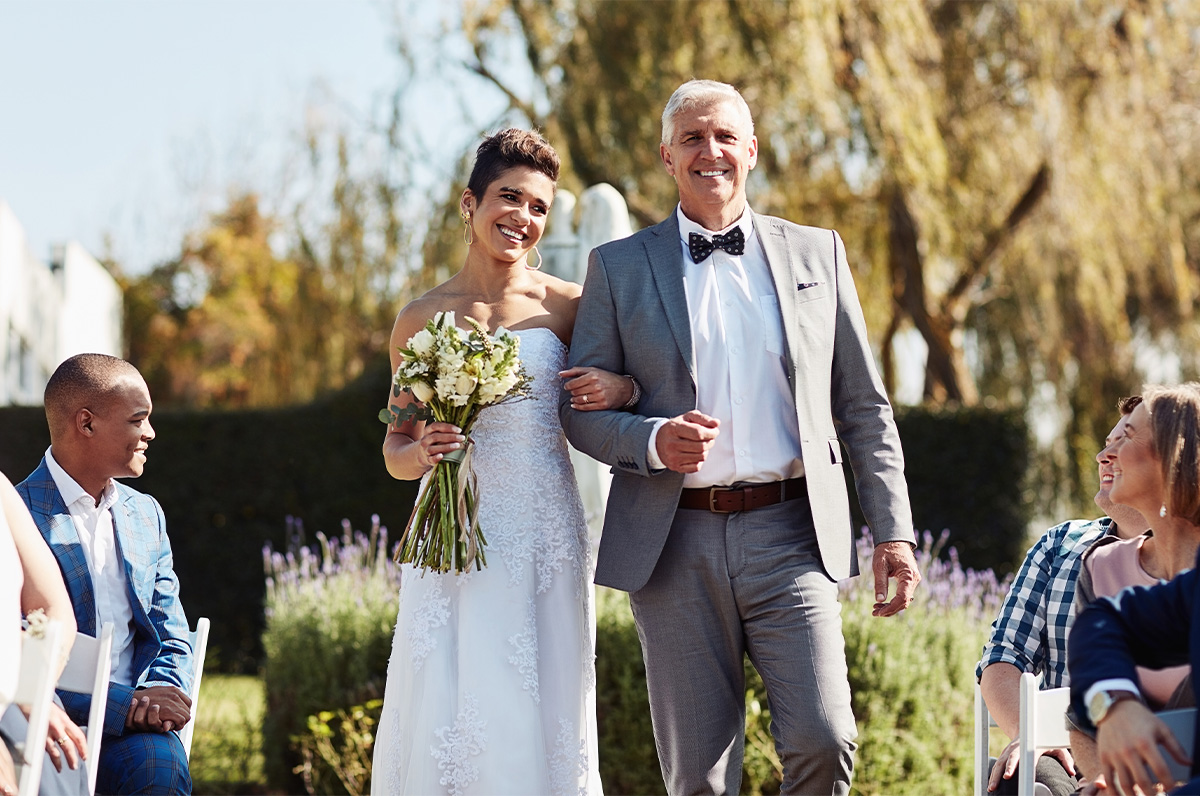
Once you select your venue, book your vendors, and choose your attendants, it is time to think about the details of your wedding processional order. Navigating who walks down the aisle and when can be confusing, especially since you have different options based on your culture, religion, and personal preferences.
Whether you want to follow a traditional template or make your own, we’ll answer your most common questions about wedding processionals and provide a few examples to guide you. The most important step? Choose an order that works best for you and your partner.
Wedding processional FAQs
What is a wedding processional order?
The wedding processional order is the order of your wedding party as they enter the ceremony. To determine your own procession order, you can use traditions that are important to you or create something unique that tells your story. Whatever route you choose will be perfect for your special day.
Consult your officiant or your wedding planner (if you have one) if you need help with your processional order. It’s customary at the rehearsal dinner to practice the processional (and recessional) with your wedding party. That way, your loved ones will be prepared, and your entrance will run smoothly on the big day.
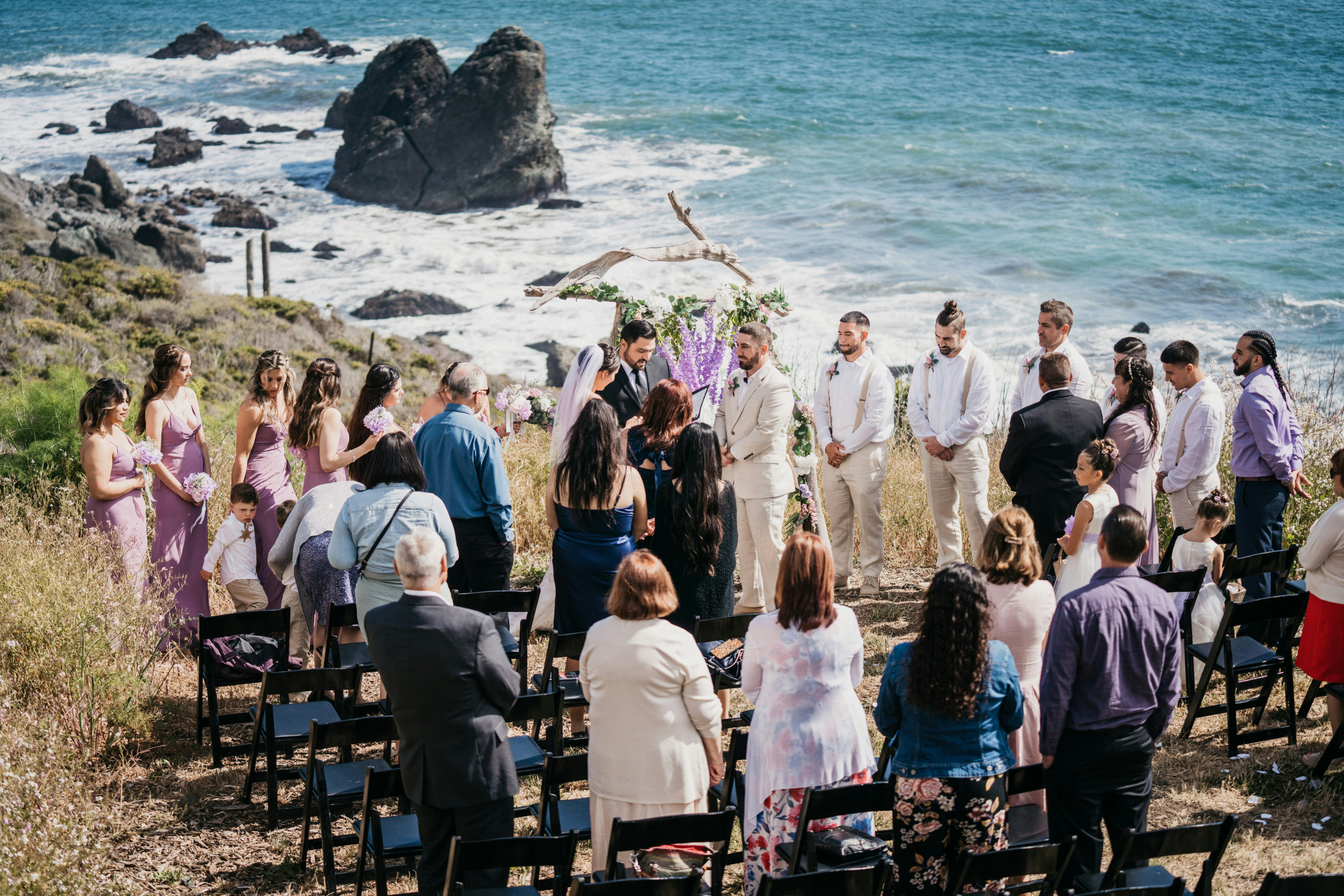
How long is a wedding processional?
A wedding processional should take five minutes at most. On average, they are around two minutes long. The amount of time depends on the size of the wedding party, the duration of the processional music, personal preference, and the length of the wedding aisle.
Who walks you down the aisle at a wedding?
Most people choose to be escorted by one parent, both parents, or an important family member, but the decision is entirely yours. Choose someone who has meaning in your life. You and your partner may even want to walk down the aisle individually or together (a common option for LGBTQ+ couples).
What is the difference between a processional and recessional wedding order?
The processional occurs at the start of the ceremony, while the recessional occurs at the end. The order of the recessional is usually the processional in reverse, with the couple leading the way, followed by the wedding party.
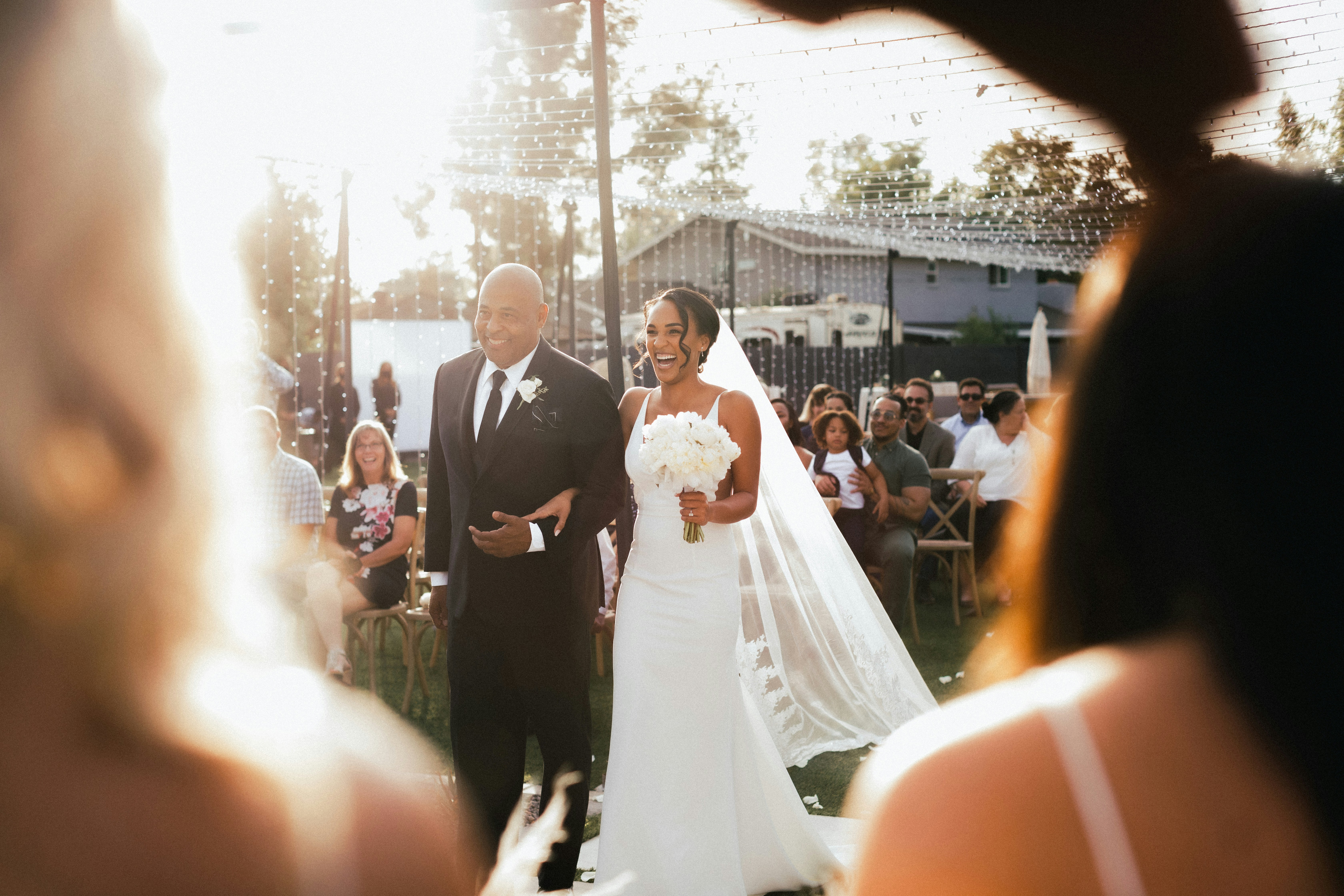
Non-traditional wedding processional order
The best part of having a non-traditional ceremony is the freedom to make it your own. Instead of following traditional rules, allow your ceremony to tell the story of your relationship. This could look like a close friend “giving away” the bride instead of a parent, or it could look like entering the ceremony with your partner to symbolize the unity you already have. If you are having a tough time deciding on a processional order, below is a rough template that you can follow. Start here, and make changes to fit your ceremony.
1. Officiant
To kick off the ceremony, the officiant goes to the ceremony spot. They can enter before the music begins, or they can kick off the processional. At this time, your officiant welcomes guests and gives any instructions before the wedding party enters.
2. Groom
Traditionally, the second person in the processional is the groom. If you or your partner will be a groom on your wedding day, this is the perfect moment for them to enter. Alternatively, a bride can enter now, or both partners can enter together. The possibilities are endless. Finally, just as the bride is “given away” by their father, the groom can be walked down the aisle by their parents or close friends.
3. Wedding party
After the groom or first partner enters, the attendants follow. Whether you plan to have bridesmaids, groomsmen, bridesmen, groomsmaids, or just a friend or two, instruct them to walk down the aisle and stand next to the ceremony spot for the big moment.
4. Flower girl and ring bearer
The flower girl and ring bearer are traditions that have become fun ways to celebrate. If you don't have young children in your life, feel free to let your furry friend escort the rings down the aisle.
5. Bride
Finally, the last person to enter is the bride and whoever is walking beside them. This could be their father, brother, mother, friend, or all of the above. If you are having a same-sex wedding, this is also a beautiful moment for a groom to enter the ceremony and join the love of their life at the end of the aisle.
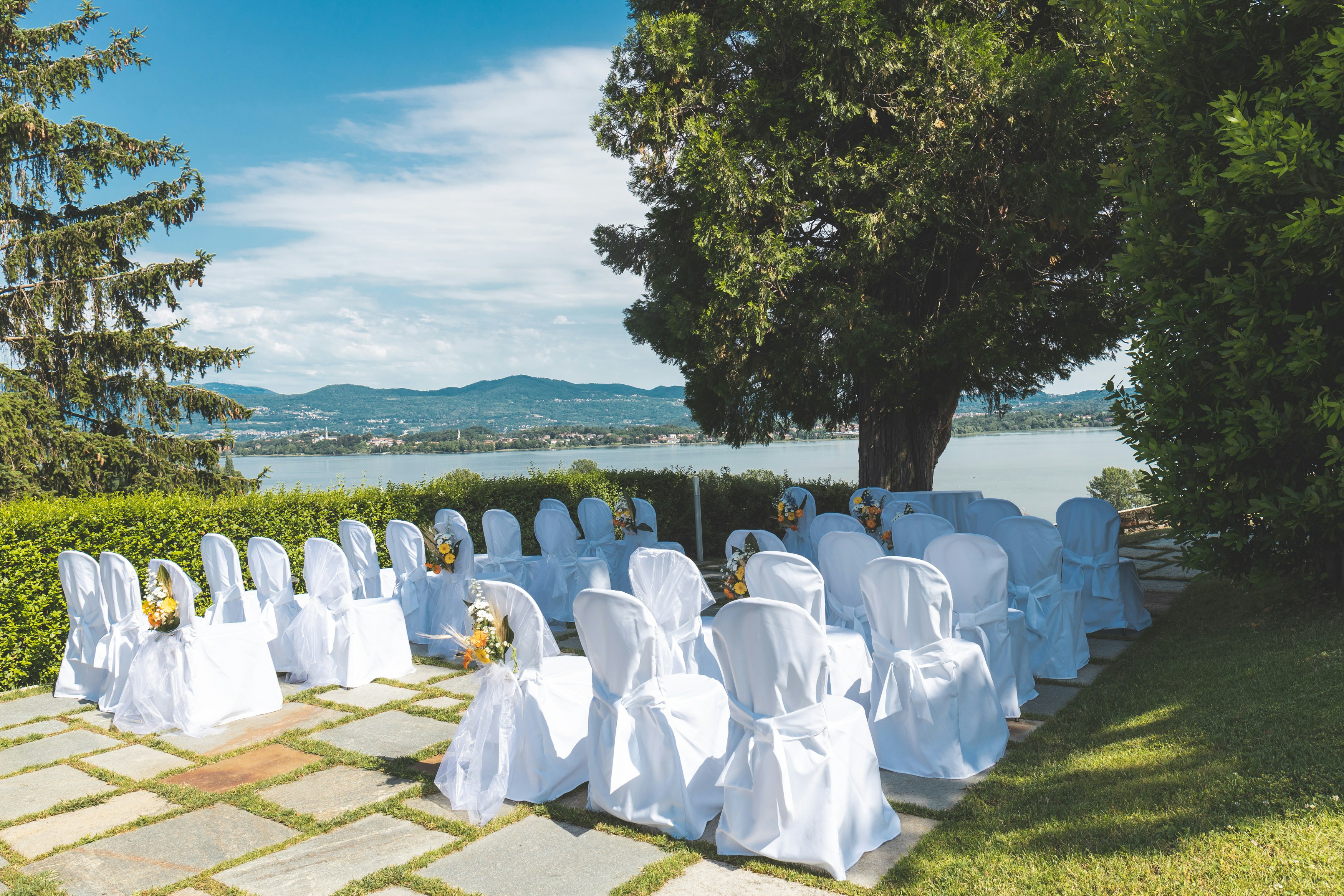
Catholic wedding processional order
Catholic weddings are beautifully traditional and utilize a lot of symbolism. In a Catholic wedding, the priest stands in the middle, with the groom and groomsmen on the right and the bride and bridesmaids on the left. As the wedding party enters, they take their places on the corresponding sides.
1. Priest
The Catholic priest begins the procession from the side of the ceremony space and takes his place at the center of the altar.
2. Groom
The groom follows closely behind the priest and stands to his right at the altar. This tradition is sometimes replaced with a second option where the bride and groom enter together with their priest or with their parents.
3. Best man
After the priest and groom enter, the best man follows and stands to the groom's right. If the couple chooses to walk in together, the best man and other attendants will follow behind.
4. Bridesmaids and groomsmen
Instead of walking in individually, bridesmaids and groomsmen in Catholic ceremonies walk down the aisle in pairs. Each pair has a groomsman on the right and a bridesmaid on the left, and they walk in order of who stands farthest from the bride and groom.
5. Maid or matron of honor
Once the attendants are in place, the maid or matron of honor takes a final look at the bride to make sure her dress and flowers are in place and walks down the aisle to join the bridesmaids on the left.
6. Flower girl and ring bearer
Next, young children who are given the role of ring bearer and flower girl walk down the aisle together. The ring bearer carries the rings on a pillow, and the flower girl tosses flower petals as she walks down the aisle. Once they reach the end of the aisle, they take a seat with their parents.
7. Bride and father of the bride
Finally, the bride enters the ceremony space with her father to her right side. He escorts her down the aisle and once she is “given away,” he takes his seat next to the bride's mother on the front row.

Jewish wedding processional order
Unlike Catholic or Christian weddings, Jewish ceremonies seat the bride's family on the right and the groom's family on the left. Jewish ceremonies also include the bride’s and groom’s grandparents, so it is important to remember when parents and grandparents are seated.
1. Cantor and/or rabbi
Depending on the wedding, the cantor and/or rabbi signals the start of the processional when they take their place at the altar under the traditional wedding chuppah.
2. Grandparents of the bride
The bride's grandparents walk down the aisle first and take a seat on the first row. Since they are part of the bridal party, they sit on the right side of the room.
3. Grandparents of the groom
The groom’s grandparents follow the bride’s, walk down, and sit in the first row on the left.
4. Groomsmen
Once all grandparents are seated, the groomsmen pair up and walk down the aisle in two’s starting with those standing farthest from the groom.
5. Best man
After the groomsmen are in place, the best man walks by himself and joins the other groomsmen to the right of where the groom will stand.
6. Groom and parents
The groom and his parents walk down the aisle together. The father stands on the left side of the groom and the mother on the right side.
7. Bridesmaids
Like the groomsmen, the bridesmaids walk down the aisle in pairs, starting with those standing farthest from the bride.
8. Maid or matron of honor
The maid or matron of honor follows the bridesmaids and takes her place to the left of where the bride will stand.
9. Flower girl and ring bearer
The ring bearer walks down the aisle, followed by the flower girl. They then sit with their parents after walking down the aisle.
10. Bride and parents
In Jewish ceremonies, the bride is escorted by both of her parents, with the father on her left arm and the mother on her right. Once they reach the chuppah, they can take a seat or stand with the couple. The same tradition applies to the groom’s parents as well.
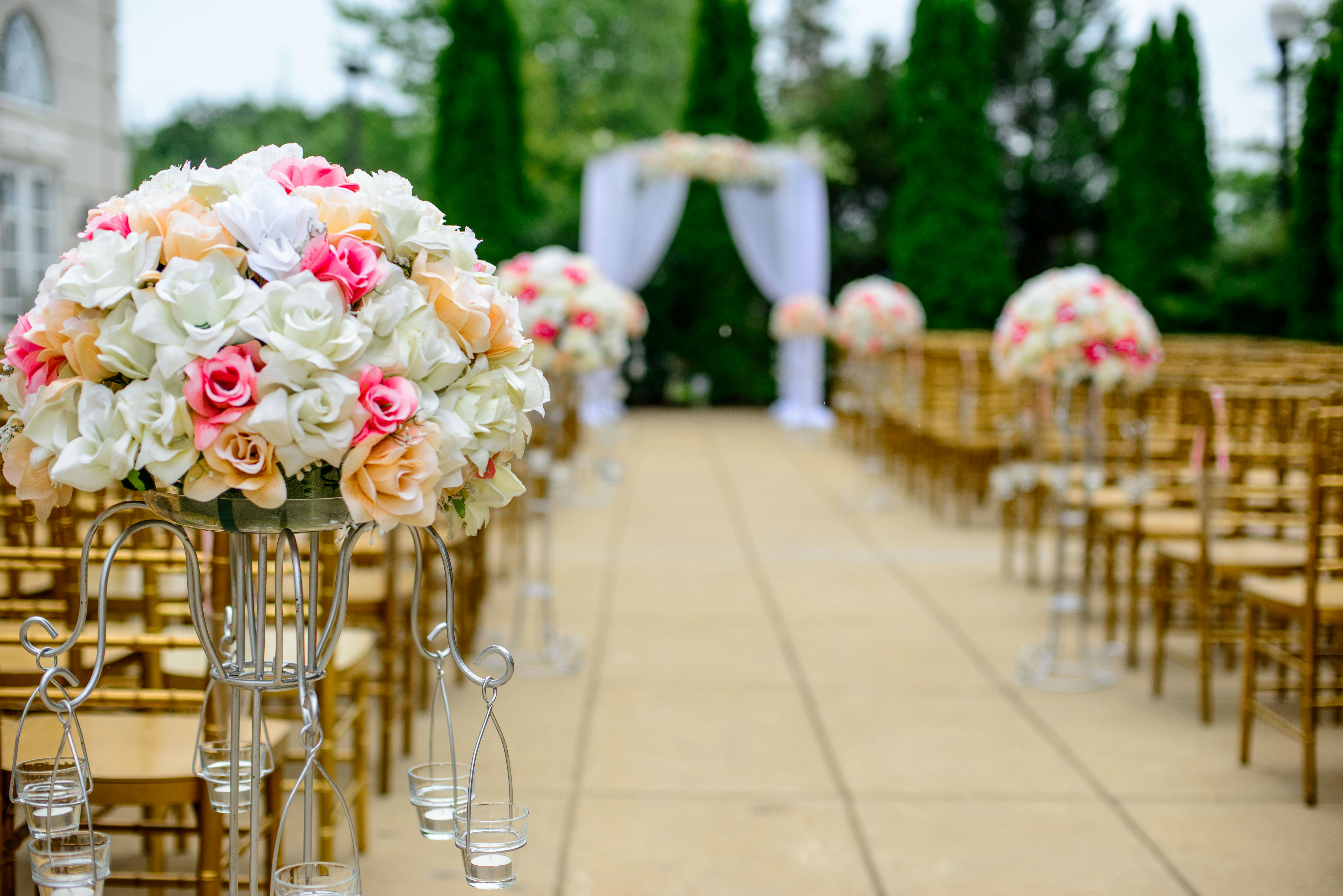
Christian wedding processional order
Though many Christian denominations have individual nuances in their traditions, the basic processional order is similar. If you have specific traditions that you want to add, use this order as a template and make any changes you would like.
1. Pastor
To start the ceremony, the pastor, reverend, or preacher walks to the altar and gives any necessary instructions. This could include a request to take a seat, put away cell phones, or stand by.
2. Groom
Once the music starts, the groom walks down the aisle or enters from a separate location to the right of the ceremony site. In Christian ceremonies, the groom, his party, and his family stay on the right side of the ceremony.
3. Best man
After the groom takes his place, the best man enters behind him and stands beside him on his right side.
4. Groomsmen
The groomsmen can either wait until the best man has taken his place or immediately follow him and line up in position.
5. Bridesmaids
Once the groomsmen are at the altar, the song may change to indicate that it is time for the bridesmaids to enter. The bridesmaid who stands furthest from the bride enters first, and the bridesmaid who stands closest enters last.
6. Maid or matron of honor
The maid or matron of honor follows the bridesmaids and stands to the left of where the bride will be. She will also be ready to take the bride's bouquet during the ceremony and ensure her dress is in place.
7. Flower girl and ring bearer
The flower girl and ring bearer enter separately or together and carry the rings and drop petals as they saunter down the aisle. Once they reach the altar they may stand with the party or sit with their parents.
8. Bride and father of the bride
Finally, the bride and her father enter the ceremony space and walk down the aisle to the groom. Once they reach the altar, the father gives away his daughter and takes a seat next to the bride’s mother.
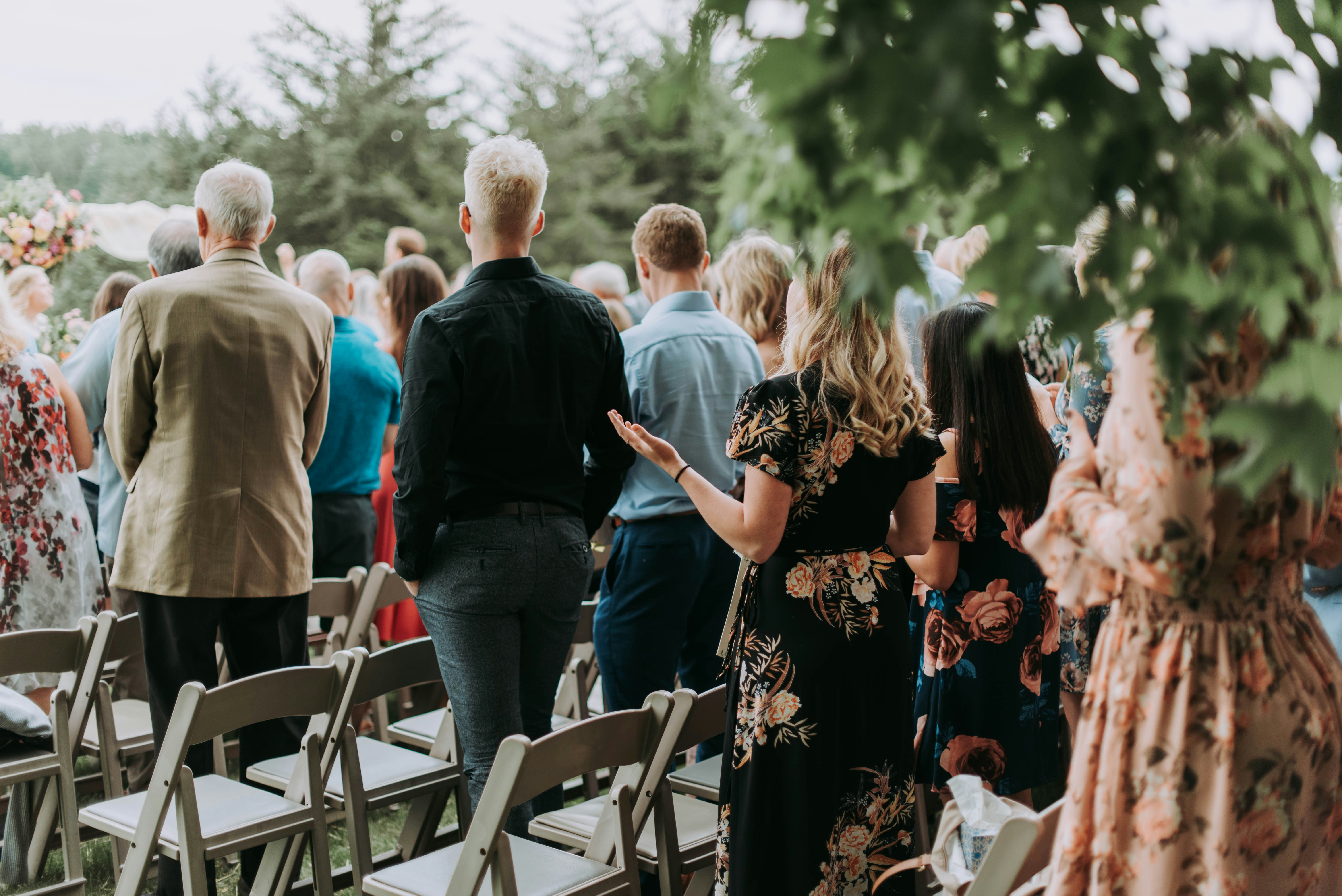
Hindu wedding processional order
In Hindu weddings, certain rituals occur in the procession leading up to the ceremony. The groom typically starts with his Baraatm, followed by the bride’s grand entrance, until they finally come together under the mandap.
1. The groom, the groom's family, and friends
In a Hindu ceremony, the groom—accompanied by his friends and family—is the first to arrive on a decorated white horse in a celebration called the “Baraat.” Festive music and dancing accompany the groom’s entrance.
2. The bride's family
Once the groom arrives, the bride’s family formally welcomes them, and the celebration begins.
3. The bride and the bridal party
The bride then walks down the aisle in a moment called kanya aagman (the girl's arrival), where she’s typically escorted by her maternal uncle and other loved ones. She greets the groom under the mandap, where they exchange garlands to symbolize love, respect, and commitment.

LGBTQ+ wedding processional order
For LGBTQ+ weddings, the order you walk down the aisle is up to you. Some couples may prefer to follow a religious or traditional wedding processional, while others may want to create their own based on personal preferences. Want to create two aisles? Walk in together? Choose an order that feels meaningful to you. Here’s an example you can use.
1. The officiant
To symbolize the start of the ceremony for your guests, the officiant walks down the aisle to set the tone for the processional.
2. Couple’s parents
The couple’s parents can follow the officiant, with one partner’s parents going first and the other following their lead.
3. Wedding party
Next in line is the wedding party. Friends and loved ones can walk down the aisle in pairs or individually and take their places on the altar or in their seats. If there’s a flower girl and ring bearer, they’re typically the last ones to walk before the couple.
4. Couple
Finally, the couple can walk together or individually before they meet at the altar, marking the start of the ceremony.
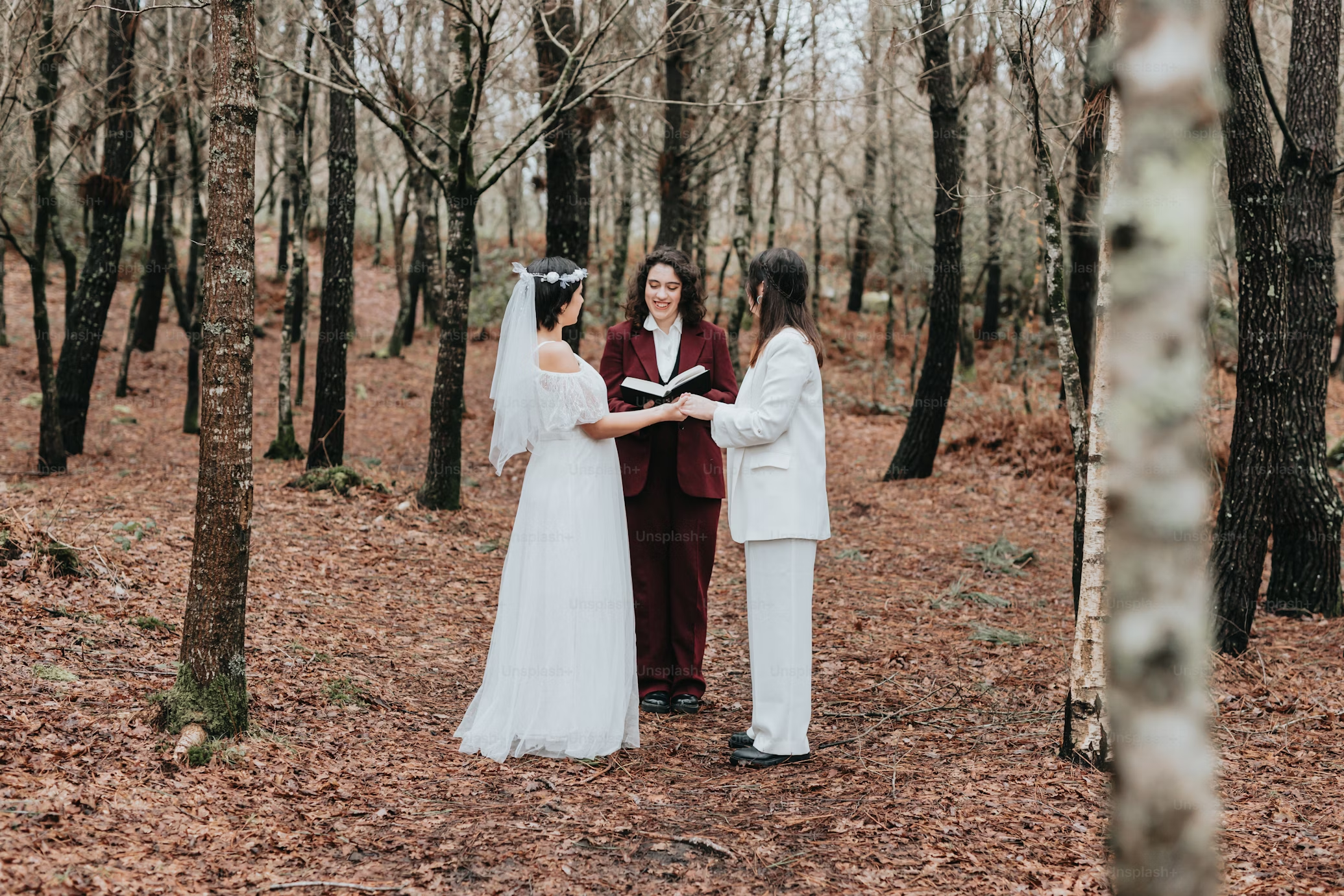
Your ceremony should tell the story of your relationship and celebrate the union you and your partner share. Whether that means including traditions or creating a completely unique wedding processional order, this is your moment to feel loved and supported. Have other questions? Zola is ready and waiting with plenty of expert advice to help you plan your special day.
Up next for you
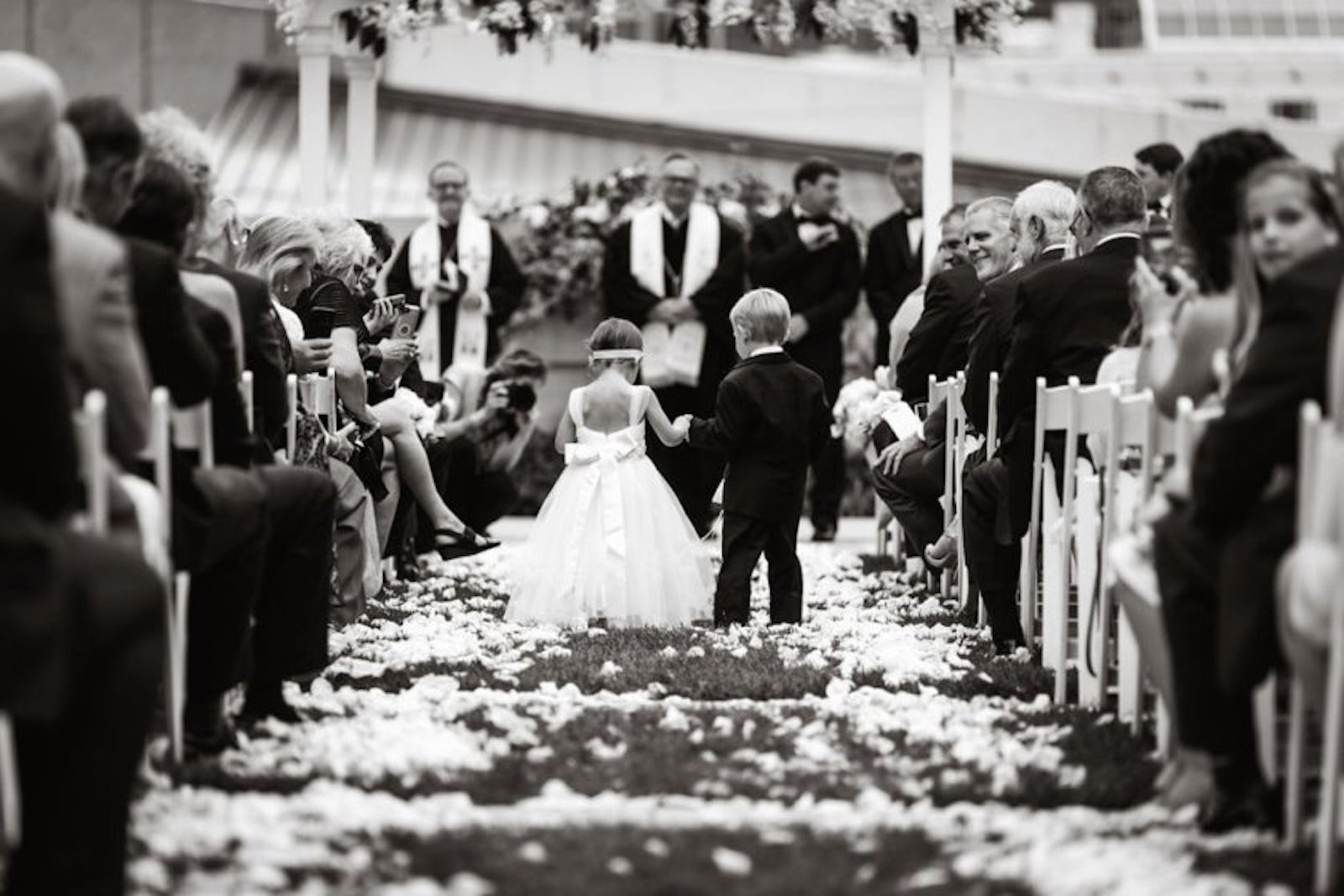
Top 10 Wedding Processional Songs for Every Couple (90+ Ideas)
List
Choosing wedding processional songs has been stumping couples for decades. Here's how to choose the songs for your ceremony and our top wedding processional songs for every couple.

Should I Take Wedding Dance Lessons?
Advice
If you’re uncomfortable dancing in front of a crowd, wedding dance lessons are a great way to prepare for your special moment.

A Guide to Invitation Enclosure Cards
Inspiration
Explore our guide to learn everything you need to know about enclosure cards.

What to Write in a Wedding Card: Funny, Thoughtful & Lovely Wishes Ideas
Inspiration
Seeking wedding wishes inspiration? Explore our ideas for messages and find the perfect words to convey your joy and blessings for the newlyweds.
Featured

Wedding Reception Timeline Ideas + Template
Reception
Use these examples and customizable templates to craft the perfect order of events for your wedding reception timeline.

Do You Need a Wedding Guest Book?
Advice
Guest books are traditionally part of every wedding. But through your planning, you may wonder if you really need one? Read on to get this answer and more.
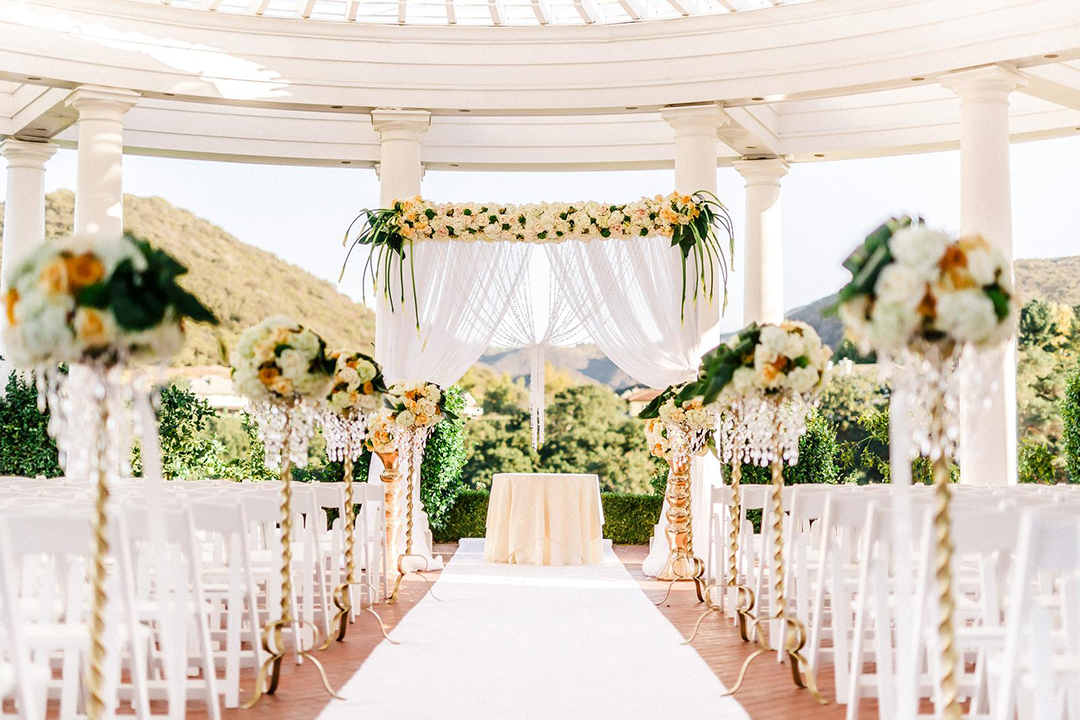
Wedding Aisle Flower Ideas
How-To
Here’s a look at some of our favorite wedding flowers and aisle decor ideas.
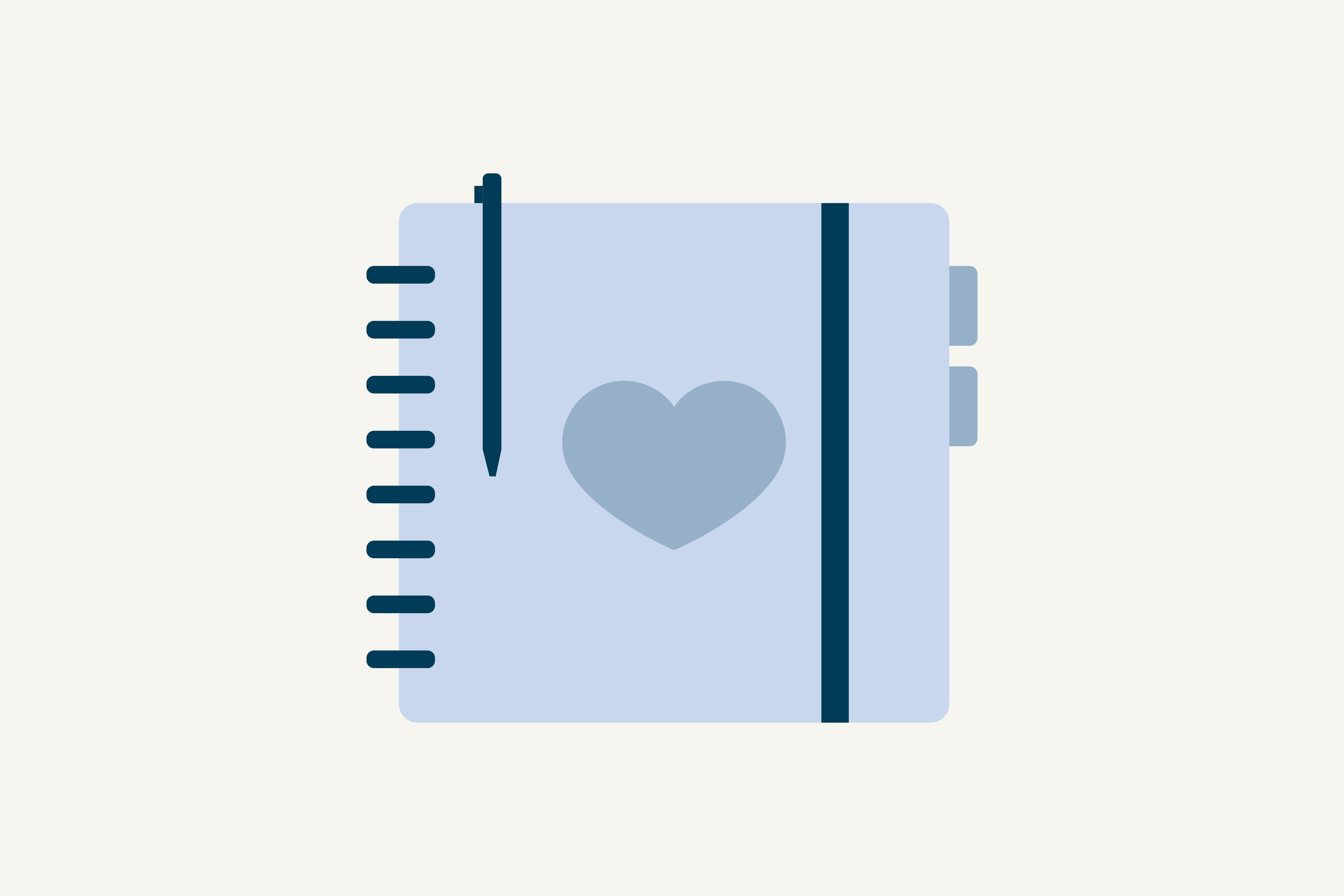
How to Plan a Wedding: A Step-by-Step Guide
How-To
We’ll walk you through the steps of online wedding planning, highlighting all of Zola’s incredibly easy and intuitive online wedding planning tools that’ll make planning for the big day more fun and less frustrating.
- Expert advice/
- Wedding planning 101/
- Wedding day/
- Wedding Processional Order Walkthrough for Every Couple
Find even more wedding ideas, inspo, tips, and tricks
We’ve got wedding planning advice on everything from save the dates to wedding cakes.